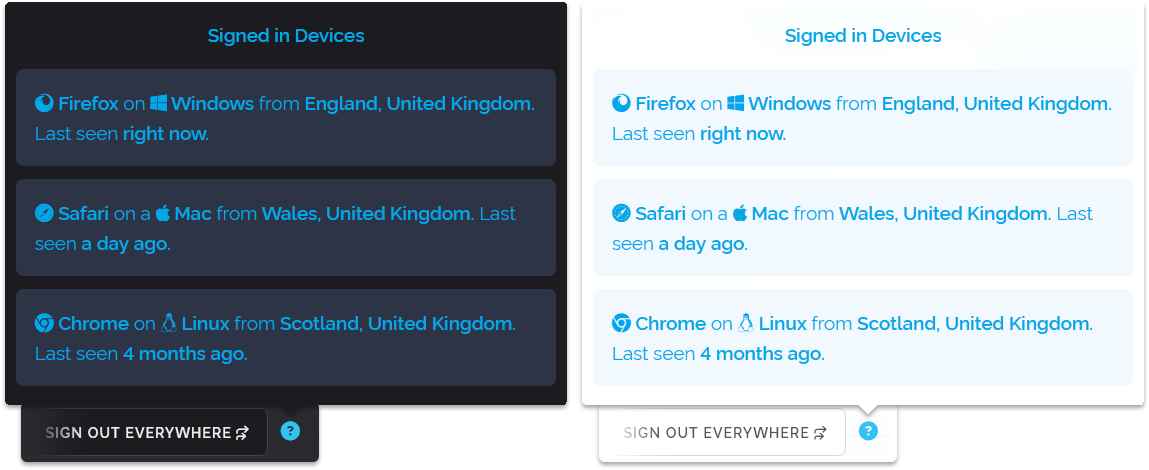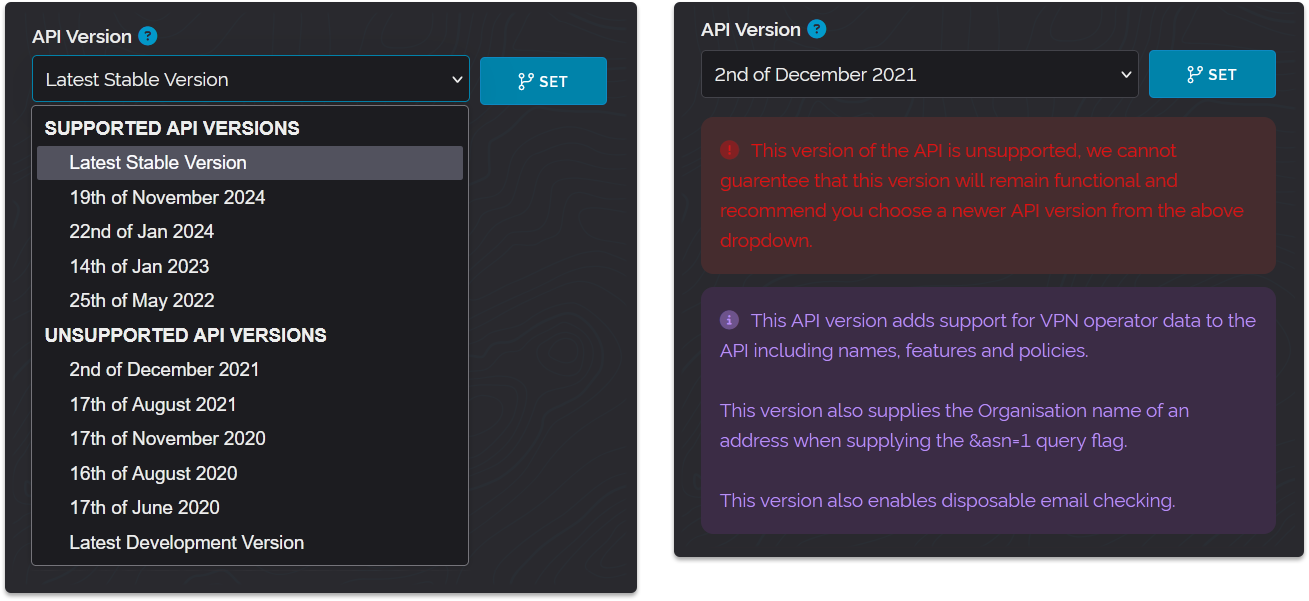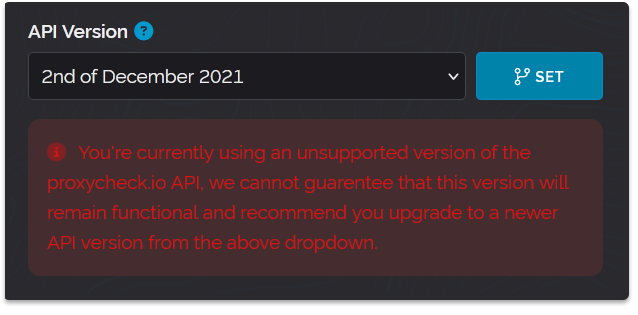![]()
Before we get into the new infrastructure, we just wanted to recap what has happened to our prior Asian infrastructure and why we're making a change.
Just over two years ago, we introduced two servers into our infrastructure to serve our customers in the Asian and Oceanic regions. We rented servers in Southern Asia, specifically in Mumbai, India, and they served us moderately well during that period. Although both servers experienced storage device failures early on, we persevered with them.
However, starting in May this year, we began to experience significant network degradation with these servers, which was noticed by customers and caused significant delays in API response times, in addition to failed requests. Our network partner CloudFlare, which acts as our Content Delivery Network (CDN) were made aware of the network faults and successfully intervened to fix them.
However, the entire saga lasted more than a month, and in fact, we brought online an emergency server at a different datacenter in Singapore at significant cost in a bid to reduce latency for customers while the network issues with our Indian based servers were ongoing.
Fast forward to early June, and the network issues were resolved; we switched back to our Indian servers and continued to operate like normal. But then, a few days ago, the network problems came back, and so we once again rented a temporary server in Singapore to handle traffic while we waited for a response from our Datacenter and CloudFlare.
Ultimately, we feel that these issues with our servers in India have reached a threshold where we can no longer tolerate their problems, and, looking at our traffic over the past 60 days, we can see that even when they were working properly, there were still spikes of intermittent connectivity and high latency. So we've decided to get rid of them and go all-in on Singapore.
This decision wasn't taken lightly, as Singapore is quite literally 8x more expensive for both hardware and data than India was for us due to various incentives we were provided to utilise servers based in India by our datacenter host. But ultimately, it doesn't matter how good the pricing is if the servers can't be used and are providing a bad experience to customers.
In addition to performance as a reason, we looked at our Asian traffic mix and saw that 85% of all our Asian traffic was, in fact, from Singapore. It's a popular destination to host servers, and obviously, a lot of our customers are there. It's also physically closer to Australia and New Zealand, which were also being served by our Indian servers.
So not only will the network health be better, but the latency will be greatly improved for our Asian and Oceanic customers just due to geography. Now with this move, we are going from two servers to a single server, but our load balancer will failover to our European infrastructure if there were to be an incident, so we're not compromising on uptime or availability.
Since we're going all in on Singapore, we decided to rent a very performant bare metal server and not use a VPS. This way we get uncompromising performance, and it's a like-for-like replacement for the previous Indian servers, which is to say this one server is faster than both Indian servers combined, and it's, of course, powered by AMD, like most of our servers have been over the past few years.
The new server was deployed today, which you can view on our recently revamped status page. Our focus right now with infrastructure is to purchase high-powered servers that can handle lots of traffic and requests instead of lots of low-powered servers that may struggle individually. This also suits our performance requirements, where we're always looking to get the request latency of the API down as low as possible.
So that's the update for today. I also just wanted to reiterate what was alluded to in the last blog post, we do have a significantly big announcement coming in the near future, we're hard at work on the next chapter of the service, so check back next month for your first look at that.
Thanks for reading and have a wonderful weekend.








